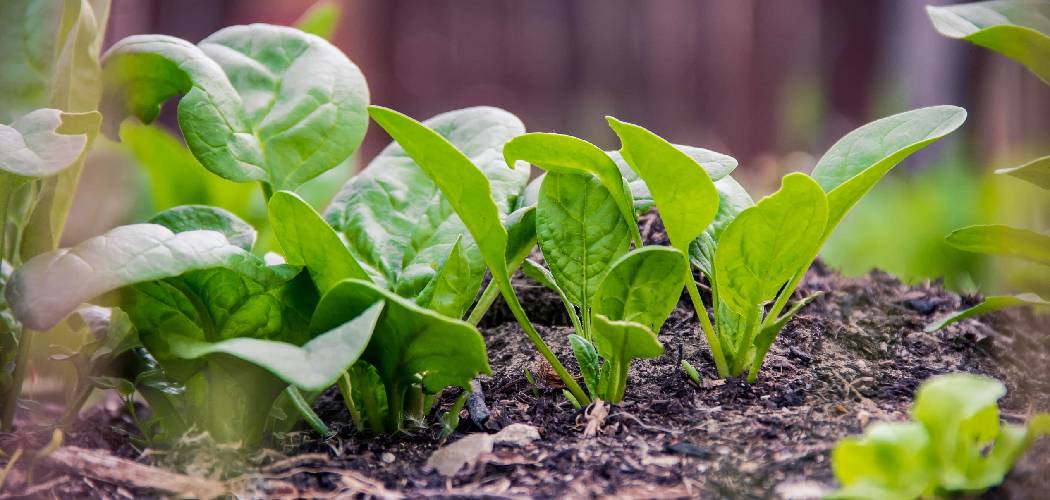Are you ready to get rid of grass in your vegetable garden? Grass can be a pesky weed that quickly takes over, preventing you from harvesting the desired vegetables. Luckily, there are several steps you can take to rid your garden of grass.
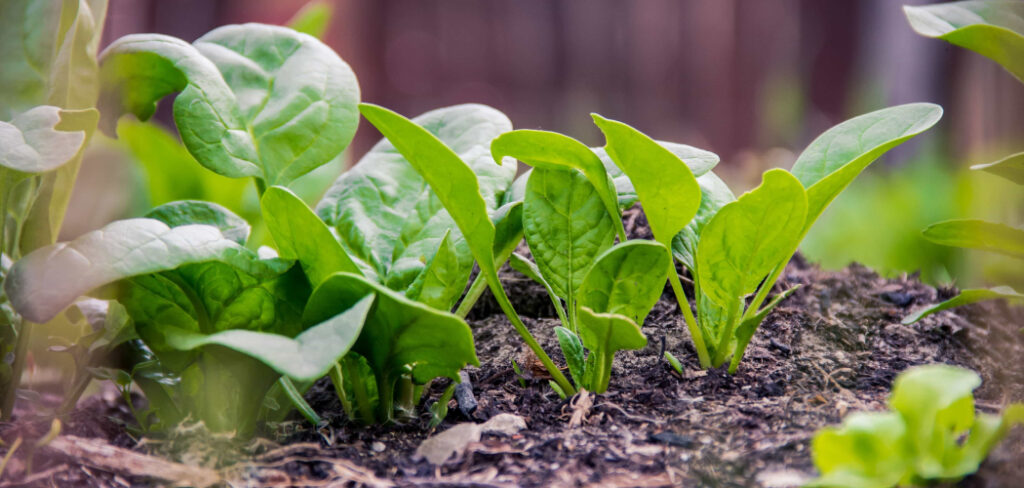
Weeds are a menace to any vegetable garden, robbing the soil of its nutrients and eating away your hard work. If unchecked, they can quickly devour the vegetables you so carefully planted. The good news is that getting rid of grass weeds doesn’t have to be an uphill battle.
With some determination and know-how on your side, you can take action to eliminate these pesky plants from your garden and enjoy thriving veggies in turn.
This blog post looks into how to get rid of grass in vegetable garden- detailing the best methods around for tackling this ever-present problem head-on!
What Will You Need?
When it comes to removing grass from your vegetable garden, the following items will come in handy:
- Sharp spade or shovel
- Weed killers (such as Roundup)
- Organic herbicides
- Mulch
- Black plastic sheeting
Once you’ve gathered the necessary supplies, it’s time to get down to business and start ridding your garden of grass!
10 Easy Steps on How to Get Rid of Grass in Vegetable Garden
Step 1: Digging Out the Weeds
The most common method for dealing with weeds like grass is to dig them out by hand. Using a sharp spade or shovel, you can carefully lift up each weed and its roots, disposing of it in a bag or bin. If you have plenty of time on your hands and don’t mind getting down and dirty, this is an excellent way to tackle the problem.
Step 2: Applying Weed Killer
If you’re having trouble getting rid of the grass by hand, an herbicide such as Roundup can help you. Simply follow the manufacturer’s instructions and apply the weed killer directly to the weeds that you want going. However, take care not to get any on your vegetables!
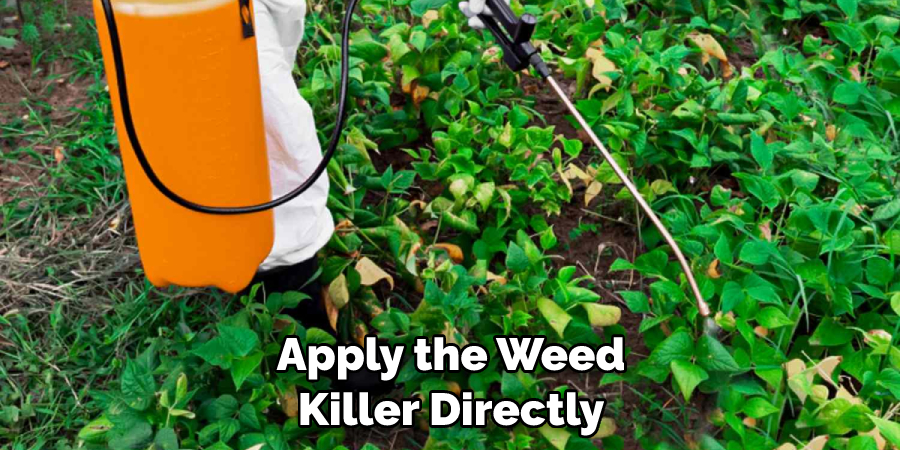
Step 3: Attempt Organic Herbicides
Organic herbicides are also available if chemical-based products don’t appeal to you. These are typically made from natural ingredients like vinegar and soap, and they can be just as effective at killing off weeds like grass without relying on chemicals. Don’t forget to read the instructions and safety precautions before purchasing any organic weed killer.
Step 4: Utilize Mulch
Mulching is another great way to get rid of grass in your vegetable garden. Not only does this provide a protective layer between the soil and weeds, but it also helps to retain moisture in the soil- reducing the risk of dehydration for your vegetables. Apply mulch around any areas that are prone to weed growth, such as along the edges or pathways.
Step 5: Cover with Plastic Sheeting
If you’re looking for an effective yet simple solution for how to get rid of grass in vegetable garden, then black plastic sheeting can do the trick! Simply lay down some sheeting over any patches of grass and secure it at the edges with stones or other heavy objects. Leave it in place for several weeks; the weeds beneath will eventually die off due to lack of sunlight.
Step 6: Pull Out Any Remaining Weeds
Once you’ve covered your garden with plastic sheeting or mulch, it’s important to manually pull out any remaining weeds. This ensures that no pesky plants are left behind to spread their seeds and start growing again. Try to grab the weeds by their roots and dispose of them in a bag or bin.
Step 7: Replant Vegetables
Now that you’ve successfully removed the grass from your vegetable garden, it’s time to replant! Before doing so, prepare the soil by tilling it and adding any nutrients necessary for optimal plant growth. Ensure that your vegetables are planted at the correct depth and spacing, and water them regularly to keep them healthy.
Step 8: Monitor Your Garden
After replanting your vegetables, it’s important to monitor the garden regularly. This ensures that no new grass weeds have started growing and allows you to take action if they do. Check your garden every few days and pull out any new weeds that pop up.
Step 9: Water Regularly
It’s also important to keep your vegetable garden watered regularly. When the soil is dry, there’s a greater risk of weed growth- so give your vegetables enough water daily! Keep a close eye on the soil moisture levels and water if necessary.
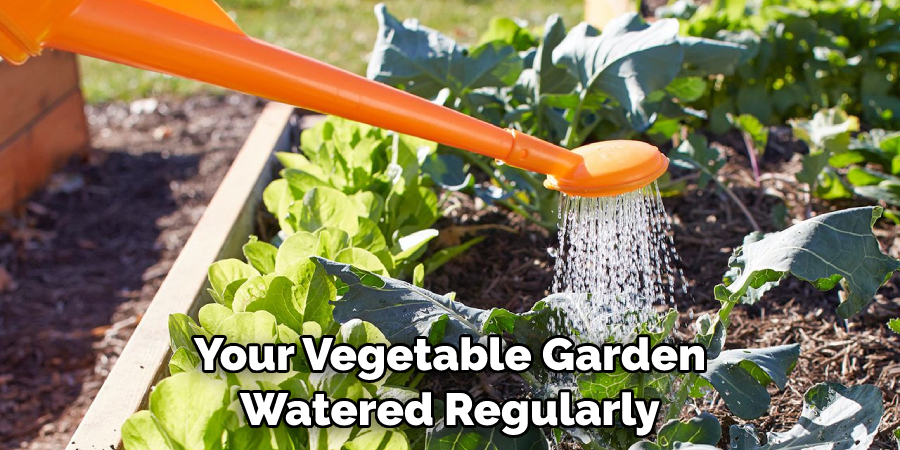
Step 10: Reapply Weed Killer (if Necessary)
If any stubborn weeds remain after following the above steps, then reapplying weed killer may be necessary. Remember not to get any on your vegetables and follow all safety directions on the herbicide label. Always wear protective clothing when dealing with chemicals!
By following these easy steps, you can eliminate grass in your vegetable garden and enjoy a healthy harvest of delicious vegetables! So don’t let pesky weeds rob you of the fruits (or veggies) of your labor- take action today and create the garden of your dreams!
5 Additional Tips and Tricks
1. Hand-pulling Weeds: If you don’t mind getting dirty, hand-pulling can be a great way to remove grass and other weeds from your vegetable garden. Be sure to pull up the roots of any weeds you remove for best results.
2. Mulching: Spread a layer of mulch around your vegetable plants to prevent grass and other weeds from sprouting in the first place. This will also help to retain moisture and reduce the amount of weeding you’ll need to do overall.
3. Using Herbicides: Herbicides are an effective way to get rid of grass, but they should be used cautiously when growing vegetables, as they can easily kill off beneficial plants too. Always check labels carefully before applying, and make sure the product is safe for use in a vegetable garden setting.
4. Keep It Mowed: Regularly mowing or trimming grassy areas next to your garden can help keep weed invasions at bay. This will also make the area more manageable and easier to monitor as well.
5. Boiling Water: While this may sound strange, pouring boiling water over weeds is an effective way to kill them off quickly without causing damage to nearby plants. Be sure not to pour the boiling water directly onto any of your vegetables, though!
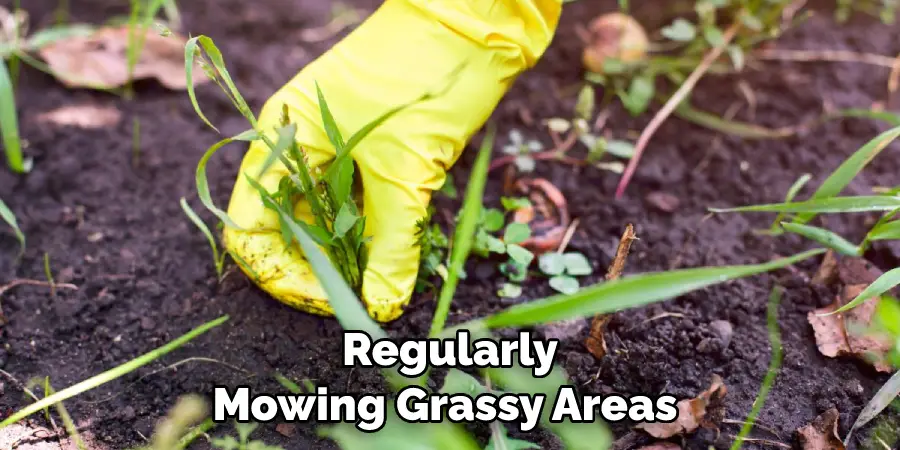
When getting rid of grass in a vegetable garden, these tips and tricks should help you achieve success with minimal effort.
5 Things You Should Avoid:
1. Avoid Tilling Your Soil: Tilling can help eliminate existing grass and weeds, but it will also bring new weed seeds to the surface. This means you’ll have to start again with weeding when they sprout up.
2. Avoid Using Chemical Herbicides: They are not recommended for vegetable gardens as they can easily kill off beneficial plants too. Stick to natural methods or use caution when applying any product to your garden.
3. Avoid Allowing Grassy Areas to Go Untended: Unkempt grassy areas around your vegetable garden can be a haven for weeds and other pests, so take the time to mow or trim these areas regularly.
4. Avoid Leaving Grass Clippings Around Your Vegetable Garden: Grass clippings can be a great source of nutrients for lawns, but they can also encourage weed growth in vegetable gardens.
5. Avoid Overwatering: Overwatering can cause the soil to become saturated, making it easier for weeds to take root and thrive. Ensure you give your vegetables the right amount of water so weeds don’t have a chance!
By following these tips and avoiding common pitfalls, you’ll have a healthy and vibrant vegetable garden free of pesky grasses and weeds.
How Do You Shovel Grass?
Shoveling grass can be an effective way to remove large amounts of grass from your vegetable garden. To do this, simply place the shovel blade underneath the grass and lift it up. You may need to use a spade or other digging tool if you have thicker patches of grass that need to be removed.
It is important to ensure that you are also removing any roots as you go, so dig down at least six inches for best results. Once the area has been cleared, you can fill it in with mulch or soil as desired.
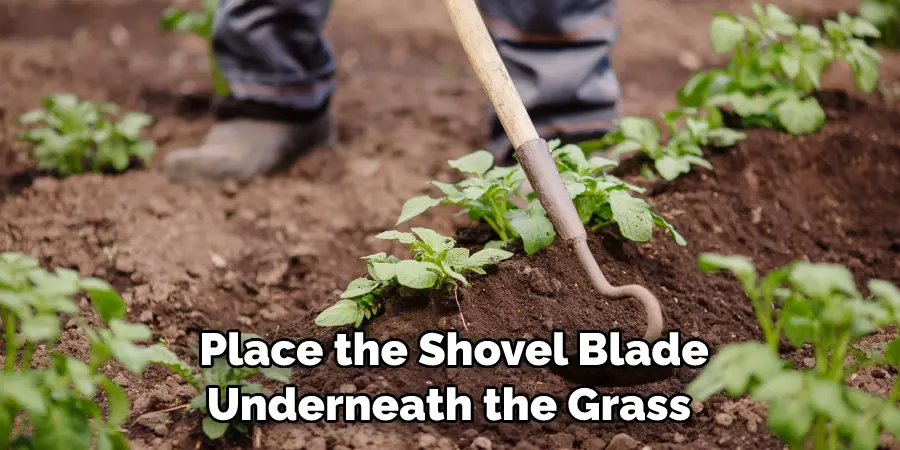
When shoveling grass, wear gloves and long sleeves for protection from potential debris or allergens that could irritate your skin while working. Additionally, be sure to keep an eye out for any underground pests, such as moles or gophers, that may have been living in the grass.
Shoveling is a great way to remove large patches of grass from your vegetable garden quickly and can be done with minimal effort. Be sure to follow the tips above for the best results!
Conclusion
In conclusion, how to get rid of grass in vegetable garden requires some extra effort and careful planning. You can manually remove the grassroots by carefully digging them out or use herbicide to remove it completely. Another approach to this problem is adding mulch to your garden, which prevents the growth of green vegetation, including grass.
No matter what action you take, acting as soon as possible is important to prevent further infestation and maintain a healthy garden! As we know, having a well-maintained and safe vegetable garden is key for all aspiring gardeners. These tips will go a long way toward creating an optimal gardening experience and keeping your harvest sweet.
With the right knowledge and commitment, an environment suitable for growing fresh vegetables can be achieved!

